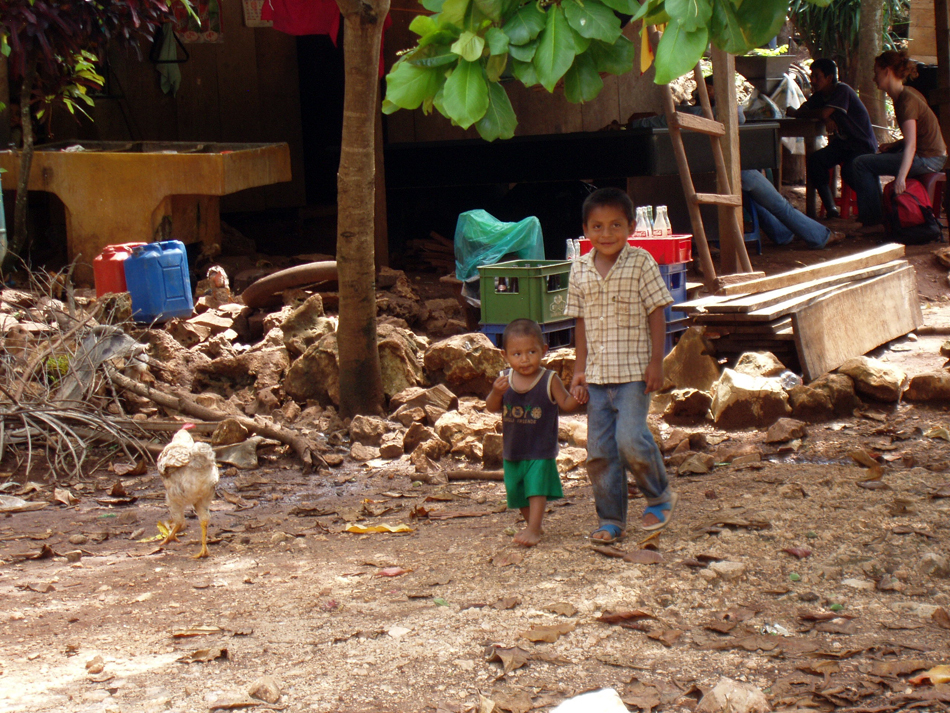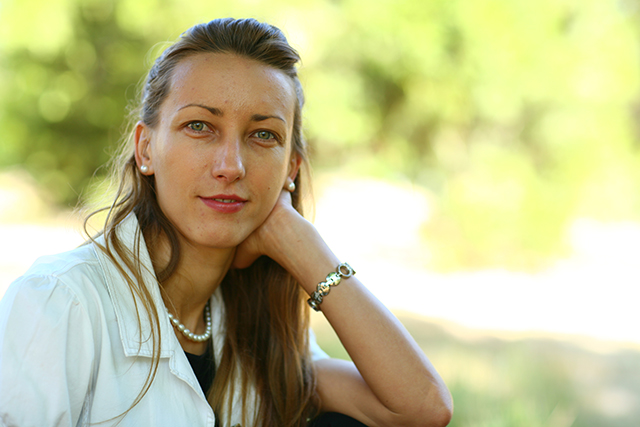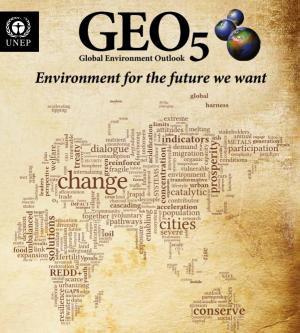The following is a July 9 press release by the UCSB Office of Public Affairs titled “UC Santa Barbara Researchers Play Key Role in U.N. Environmental Assessment”:
Despite the ever-louder drumbeat for sustainability and global efforts to advance environmental initiatives, Earth remains on a collision course with “unprecedented levels of damage and degradation.” That’s according to a new United Nations (U.N.) assessment that includes UC Santa Barbara researchers among its authors.
The U.N. Environment Programme released its fifth Global Environmental Outlook report –– commonly known as GEO-5 –– in June, on the eve of the recent Rio+20 Conference on Sustainable Development in Brazil. Produced over three years, in collaboration with some 600 experts worldwide, the document details global progress, or lack thereof, on a host of internationally agreed-upon goals to protect the planet and reverse a longstanding pattern of production and consumption of natural resources.
“If you look at these issues over several years, it can be overwhelming and discouraging,” said David López-Carr, professor of geography at UCSB, director of the Human-Environment Dynamics (HED) lab, and a lead author on two of the report’s 17 chapters. “But learning takes time, and patience truly is a virtue. Many of the debates we have now are over things we weren’t even talking about 40 years ago. So we do see areas of progress.”
With Kostas Goulias, a UCSB geography professor and transportation expert, and Matthew Gluschankoff, an undergraduate who works in the HED lab, López-Carr helped write the opening substantive chapter to the GEO-5, “Drivers,” about what causes environmental change. Population and consumption are deemed the primary drivers. High population growth in remote rural areas such as sub-Saharan Africa –– and the impact that such demographic transition is likely to have on human well-being and environmental integrity –– remains an especially “under-recognized” issue, according to López-Carr.
“These areas are particularly vulnerable to climate change because they have a direct dependence on the environment for subsistence and livelihoods in a way that we do not,” he said. “When breakdowns in commodity pathways change for us, they are very quickly replaced by another. But breakdowns in subsistence pathways are less resilient to shocks to the system. They are much more local, and people are surviving on local resources through dint of their own labor. When a breakdown happens to them they have to deal with it immediately, in their environment, without the benefit of the global system that we have.”
Former UCSB visiting scholar Narcisa Pricope, an assistant geography professor at Southern Oregon University, leant her expertise in the emerging concern over drylands to the chapter “Land,” alongside López-Carr, who focused on population, agricultural and forest transitions, and policy implications. Among other insights, they reveal that competing demands for fuel, food, feed, fiber, and raw materials are intensifying pressures on land –– and that globalization and urbanization are further aggravating those demands.
“My overall sense is that things will get worse for land before they get better,” said López-Carr. “I would be delightfully but significantly surprised if, in 10 years, we had more forest conservation, reversed soil decline, and enhanced farmland sustainability.”
As much about finding solutions as it is about exposing problems, the GEO-5 also offers big-picture policy suggestions and identifies small changes with the potential for big impact –– from supporting universal primary education and health care, and improving governance and capacity building, to reducing consumption of red meat. López-Carr describes the latter recommendation as “a win-win for human health and the environment.”
About the role of UCSB academics in the report, López-Carr added: “There is a lot of incentive, particularly in the UC, to publish, publish, publish in academic journals and get grants. We do that, at the highest level, yet we also use that knowledge and research for policy mechanisms like this that are of global importance, for which we are not paid by the university, or by anyone. I’m really proud of the contributions coming out of UCSB, and this geography department.”
In a personal communication, David later commented: “Kostas came through in a pinch when we needed to add transportation text to our “Drivers” Chapter. The global transportation system is a huge conduit of human environmental impacts, and Kostas’ expertise was just what we needed and was much appreciated. Narcisa was one of only a handful of UNEP GEO fellows, attesting to her early career upward trajectory and strengths in remote sensing and land change research in Africa. Matt Gluschankoff was so helpful under a pressure timeline in assisting in data and reference collecting and helping to draft some data interpretation that he earned authorship on the Drivers chapter; he may have the record beat for youngest GEO author by several years. I’m grateful for Kostas’, Narcisa’s, and Matt’s important and timely contributions and delighted that we could represent Gaucho Geography in the GEO-5.”
Editor’s note: The UCSB Public Affairs press release was also carried by Edhat.com, ScienceCodex.com, and Phys.org. Kudos to our talented and dedicated Geography researchers!





.jpg)

